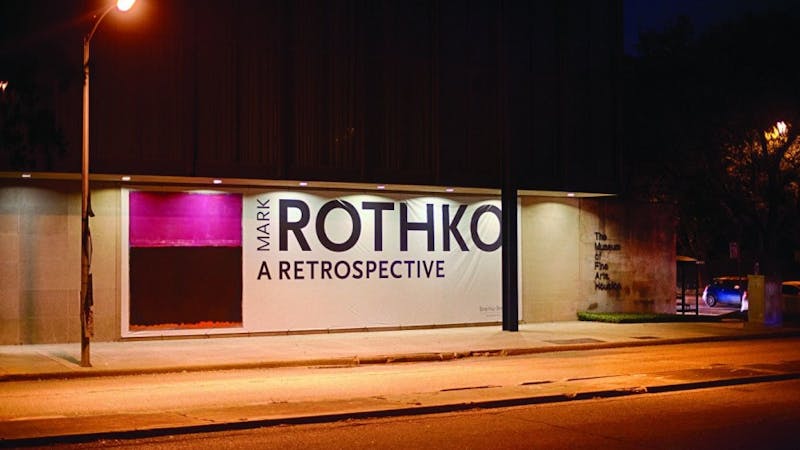OPINION
8/27/15 12:07pm
By Henry Bair
It’s the beginning of a new semester. Among the multitude of excited and eager students, several phrases crop up repeatedly. “I’m taking this class — medical schools love it when applicants have taken it” and “This a super easy filler class — there’s barely any homework” are often tossed around as people settle into their new courses and brag about them over dinner to their friends.These statements typify an attitude toward education that any lover of learning should find troubling. Here we are, at a university with exceptionally few limitations on which classes a student may take, in a country that advocates its liberal approach to education. Yet many of us look at courses not as a platform for examining our intellectual interests, but as entries to fulfil a list of requirements or tools for maximizing our GPAs, that most hallowed of metrics.Most of us know the rhetoric: We are here to learn how to think, and we should strive to think for ourselves and develop our reasoning capabilities through the coursework we choose. Still, I think that deep down, many of us are instead really good at hoop-jumping: We assess a course not so much by how well we think it will enhance our intellects, but by how well we believe we can deduce and adapt to the “formula” for success. We try to answer the question “What does the teacher look for?” rather than “What can I learn from the class?” Sure, we might think for ourselves, but only to appease the professor and earn a satisfactory grade, and only for as long as the course lasts.In other words, we take classes for the most mundanely utilitarian of purposes, to help us attain the grades needed to obtain our first jobs or gain admission into our desired postgraduate schools. These classes satisfy our distribution requirements without being too rigorous. They strike a happy medium between appearing “impressive” and requiring an excessive time commitment. By far the worst offender is the “filler class,” taken because it is apparently the most unchallenging class that fits into one’s schedule and that helps one progress toward graduation.This approach to a class is extremely insolent. It is disrespectful to the professors who devote substantial effort to creating the curriculum and evaluating the assignments; it is disrespectful to other students who take the class out of sincere passion for the material; and most crucially, it fundamentally invalidates the purpose of a university edification by corrupting the honest spirit of academic exploration and intangible merits of education. It is, in summation, profoundly anti-intellectual.Fortunately, not everyone here has this attitude toward education. For those of you who see the challenges of a course as more than the upcoming problem sets, who see the rewards from a class as greater than the sum of all A’s received on the papers written, who see classes as an indispensable segment of the grand lifelong voyage of learning — keep at it.However, maintaining this desirable perspective isn’t always simple. When confronted with a particularly grueling assignment, we may be hard-pressed to consider the enduring benefits to be gained past this immediate task. In moments like these, we would do well to remind ourselves: We are at a time in our lives when our minds are most flexible and receptive to new ideas. We should savour these precious years and the rich humanistic education with which we are being bestowed, and which (as most of us are still vaguely conscious of) is meant not only to make us better doctors, lawyers, consultants and engineers, but also better people. The liberal education we are receiving is a glorious privilege. Why reduce it to a mere credential?The countless hours of reading, writing and problem solving that go into a class allow us to easily forget that the true value of an education lies in cultivating a scholar — a rational and critical thinker — in each of us, something that can hardly be abbreviated into a series of letters. By the time we are into our sixth jobs, the grades we earned here will be nothing more than ink on paper. In contrast, the expansion of our mental fac ulties, sharpened through conscientious reflection on our coursework, will help us lead productive, positive and meaningful lives. As we venture into the new term, remember that we are here to enrich and refine our souls, not to try and trade them for an A.

